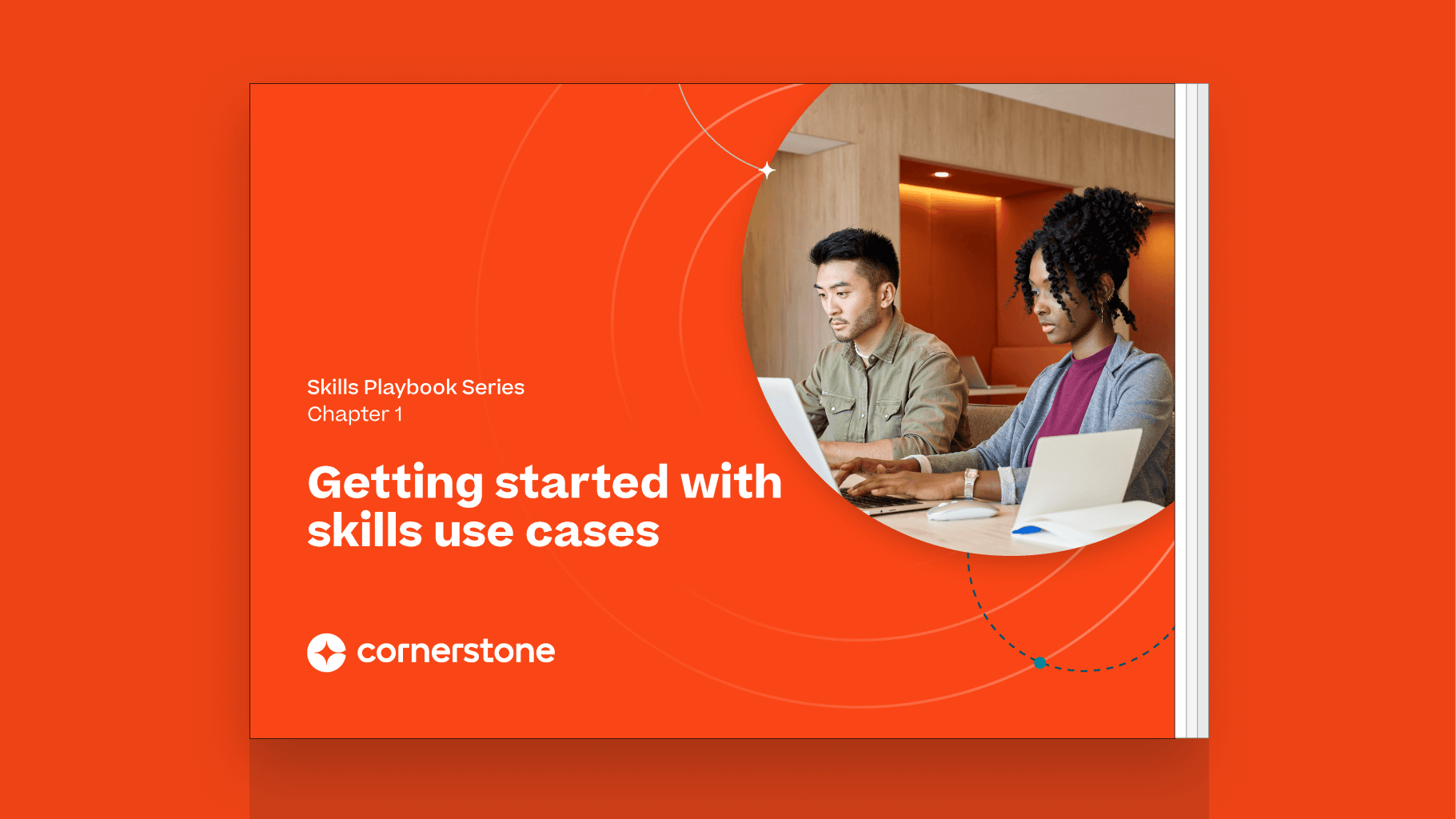Key Takeaways
- Enhance Internal Talent: Skills are the new currency shaping the future. Develop the right skill set to stand out in a competitive job market.
- Utilize Digital Solutions: Measure and improve skills using digital solutions to meet evolving talent requirements and training needs.
- Global Skills Demand: Stay informed on critical shifts in global skills demand to navigate workforce transformation effectively.
As we navigate the complexities and uncertainties of the 21st century, organizations are awakening to a profound truth: Enduring success isn't merely found in acquiring top talent but in nurturing and evolving the unique skills already within their workforce. Enter the era of skills ontology — a paradigm shift redefining how we perceive human capital and how we invest in people.
Human capital refers to a workforce's collective knowledge, skills, abilities and experiences. It’s an organization’s people and the work they can do. The “capital” represents the intangible assets people bring to an organization, encompassing their education, training and expertise — the driving forces behind organizational success. Unlike other forms of more tangible capital, people, the “human” part of “human capital,” can innovate, adapt and contribute creatively to the complex challenges of the modern business environment.

Investing in the development and management of your human capital enhances how your people perform and fosters a culture of continuous learning, adaptability and resilience. In essence, recognizing and harnessing the people powering your human capital is essential for organizations aiming to thrive and remain competitive in this fast-paced global landscape.
Understanding the critical role that human capital plays in organizational success, it’s evident that equipping employees with the proper learning solutions is paramount. A skilled and adaptable workforce is essential in an era where technological advancements and market dynamics evolve rapidly. Learning solutions tailored to enhance the capabilities of human capital contribute to individual growth and create a collective force that propels organizations forward.
As industries undergo constant transformations, businesses must prioritize learning initiatives that align with the needs and aspirations of their workforce, thereby ensuring the continued development of a resilient and innovative team. In this context, investing in robust learning and development programs is a cornerstone, fortifying the foundation of human capital and empowering organizations to navigate future challenges with confidence.
So how can your organization help your people embrace learning solutions? According to the Cornerstone Talent Health Index, these four steps are a must in driving learning and development:
- Connect learning to career growth
- Enable easy anywhere access
- Deliver personalized, AI-assisted, relevant content
- Promote social learning and collaborative experiences
Employers are reevaluating their hiring priorities. Rather than focusing solely on academic credentials or traditional qualifications, there’s a growing recognition of the importance of relevant skills. Gone are the days when resumes and job titles were the primary indicators of an employee's potential. Static job descriptions no longer capture what an employee can genuinely contribute.
This traditional human capital management model rapidly gives way to a more nuanced approach that places people and skills at the forefront. Organizations are seeking applicants who bring practical, applicable expertise to the table, valuing hands-on competencies that align with the specific needs of the role. Consequently, organizations are turning to skills ontology — a framework for mapping individuals' skills.

Investing in skills ontology isn’t just a trend; it's a strategic imperative. Here’s why it’s critical to optimize the diverse skill sets within human capital:
Adaptability in the face of change
The labor force is evolving at an unprecedented pace. Companies that thrive are those that can swiftly embrace the winds of change. Skills ontology allows organizations to maximize their human capital by identifying the people needed to navigate uncharted waters and ensure they have the necessary tools to thrive in any environment.
DHL Group utilized Cornerstone's skills ontology solution to address the requirements of its employees and business, ensuring talent retention while future-proofing themselves. They saved millions on recruiting costs, creating a sense of purpose for their employees while plugging multiple skills gaps.
Unlocking hidden potential
Every employee brings a unique set of skills to the table. Traditional approaches to human capital often overlook many of these hidden talents. With a robust skills ontology, your organization can uncover and leverage your people’s full spectrum of skills, fostering a culture of inclusivity and innovation.
Future-proofing your workforce
Technological disruptions are reshaping nearly every industry. To stay ahead, your organization needs to ensure they’ve future-proofed their human capital. By investing in your people with a skills ontology, you can identify the skills that will be in demand in the future and proactively prepare your teams for upcoming challenges.
Strategic talent development
Skills ontology is an intricate human capital guide that helps you illuminate a strategic people development path with precision and foresight. With it, you can identify skill gaps, prioritize training initiatives and tailor professional development programs to ensure that your people continuously build the skills needed to excel in their roles.
When developing your people development path, the Cornerstone Talent Health Index points to five main tenants that organizations can use to improve how they approach human capital:
- Make skills needs visible to employees
- Align skills to internal mobility and future growth opportunities
- Identify adjacent skills and critical roles
- Develop gig or project assignments to build new skills
- Consider the impact of DEIB on skills development
The shift towards viewing skills as integral to human capital management isn't just a trend. It's a fundamental reimagining of how organizations approach their most valuable asset: their people. Investing in your employees is an investment in a shared journey, a commitment to nurture the seeds of innovation, growth and collective success. Beyond job titles and roles, true richness lies in each person's diverse skills, passions and aspirations.
In 2024, investing in a skills ontology is not a luxury but a necessity for those looking to survive and thrive in uncharted territories. As we embrace this new era of human capital management, you can pave the way to create a successful organization that is agile, innovative and resilient. The dividends are not merely financial but the intangible yet invaluable returns of a thriving, motivated, interconnected workforce. The currency of success is no longer just talent but the continuous evolution of people’s skills, shaping the future of human capital management.

